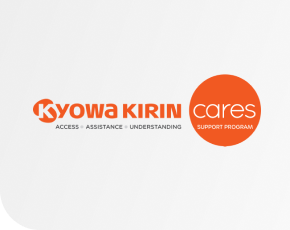
When managing pediatric patients with XLH
HELP THEM
DISCOVER CRYSVITA
CRYSVITA (burosumab injection) is indicated for the treatment of X-linked hypophosphatemia (XLH) in adult and pediatric patients 6 months of age and older.
Not actual patients.



